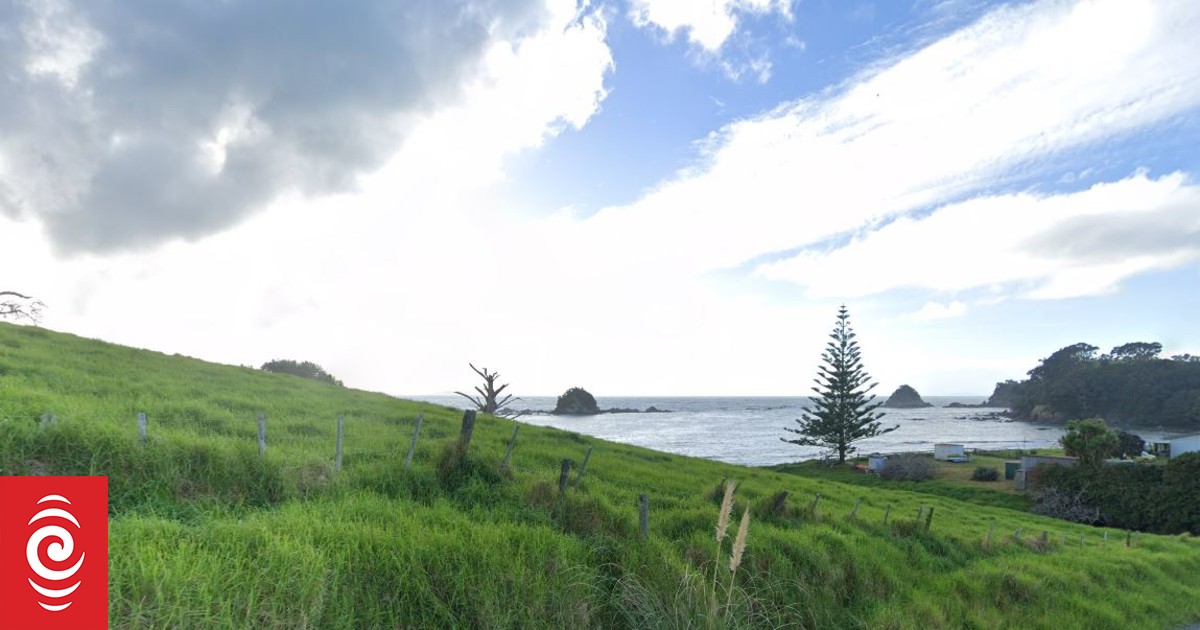Knowing the limitations of your speedometer is key. Photo / 123rf
Opinion
A family member got a speeding ticket the other day and was a bit grumpy. He got pinged at 100km/h in an 80km/h zone and blamed his GPS for giving him the wrong info.
“No dice,” said the cop. “You’ve got to watch the road signs rather than rely on your in-car technology”.
Fair enough, but that is a big call in the modern age — and how reliable is our GPS in advising of the road speed limit?
Advertisement
We did a round trip to Palmerston North last week to attend a family funeral. We decided to test how accurate our in-car technology was in aligning with the posted speed limit on the road. Candidly, it is pretty lousy, particularly relating to more recent changes. There is no way you should rely on it when wondering what the speed limit is on the particular road you are driving on.
This raises the question of how accurate our speedometer is in telling us the speed we are driving.
Speedometers in most modern cars are designed to overestimate the speed you are travelling. To explain this, the following is taken from a 2019 NZAA post in answer to a member’s question of: “Why does my speedo read higher than roadside speed monitors?”
The AA response: “International law has long required modern cars to overstate the true speed of travel. The applicable standard for many vehicles sold in NZ is a European standard that specifies that speedometers must not indicate a speed less than the vehicle’s true speed or a speed greater than the vehicle’s true speed by an amount of more than 10 per cent plus 4km/h.”
Advertisement
Another way to look at this is, at a true speed of 90km/h the speedo must read no less than 90km/h and no more than 103km/h.
This, then, disqualifies any excuse given to a police officer pulling you over that goes along the lines of, “My speedo says I was under!” If the cop says you were doing 105km/h then it is certain your speedo would have indicated that you were travelling significantly faster, like at least 112km/h.
During holiday periods a speed tolerance of 4km/h is typically enforced on New Zealand roads to counter the increased volume of traffic and reduce the risk of crashes. Some drivers responding negatively to the tolerance, saying, “It’s not the speed that I drive that causes accidents, it’s others’ bad driving”.
The tolerance is not changing the speed limit and it’s certainly not reducing it. It just means that if you choose to exceed the limit, you’re more likely to be pulled over. So only those who don’t adhere to it in the first place are going to be at greater risk of a penalty.
The 4km/h tolerance allows a small margin for speed creep or travelling downhill or those with different wheel and tyre combinations, which can have a small effect on speedo reading. Tyre pressure can also have an effect on speedometer reading. Under-inflated tyres can result in the speedo overestimating the true speed.
The standards for car manufacturers and the effects of wheels and tyres or tyre pressures, all mean that each car’s speed readings will be different.
So there you have it. The only truly accurate speed of your car is the one that is read outside the car — either by roadside speed monitors or by the police radar.
Your speedo is telling you that you are travelling faster than your true speed and the speed limit on the road is designed to keep you within the maximum assessed safe true speed for that particular road.
Exceed that, and you risk the consequences.




